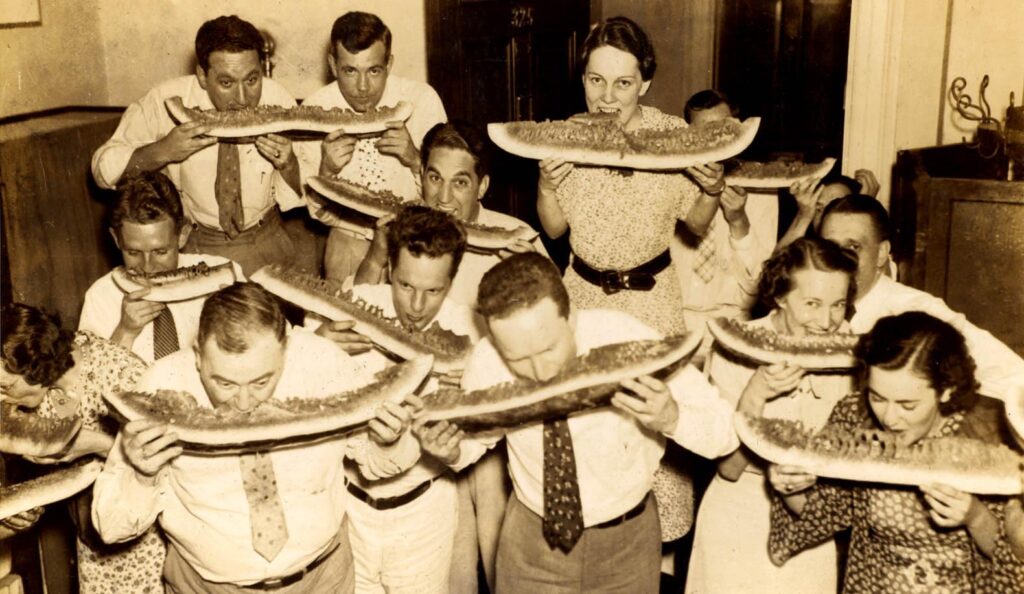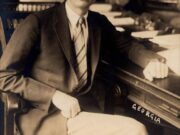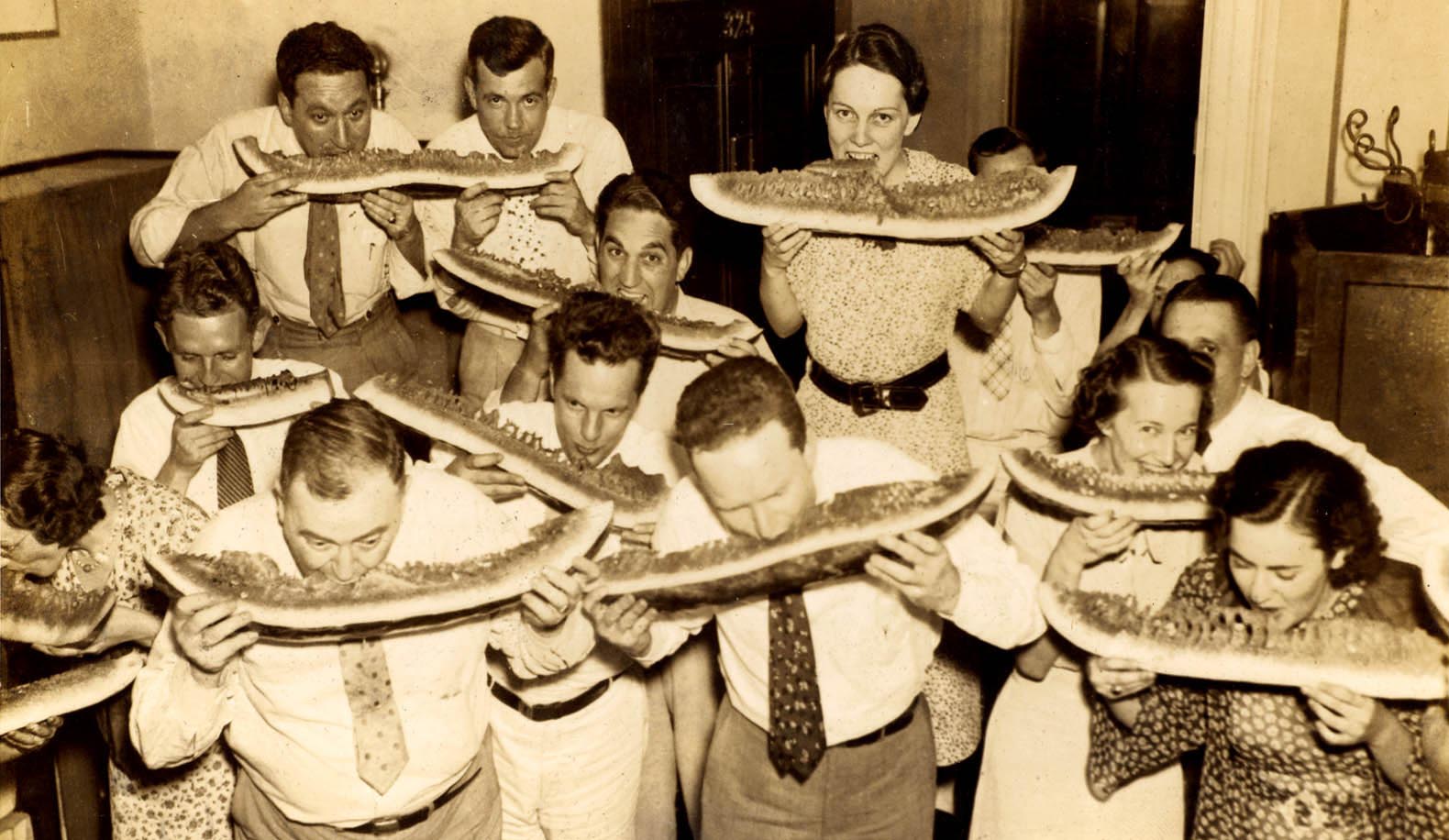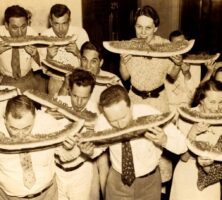Hugh Peterson Sr., a native of Ailey, in Montgomery County, served in the Georgia General Assembly from 1923 to 1933. Along with Georgia governor Richard B. Russell Jr., Peterson was instrumental to the passage of the State Reorganization Act of 1931, which streamlined the workings of state government. He later served in the U.S. Congress from 1935 to 1947.

Courtesy of Richard B. Russell Library for Political Research and Studies, University of Georgia Libraries.
Early Life
Peterson was born in Ailey on August 21, 1898, to Joanna Calhoun and William J. Peterson. He graduated in 1916 from Brewton-Parker Institute (later Brewton-Parker College), and in 1917 from the University of Georgia in Athens. Peterson enlisted in the U.S. Army and entered the U.S. Military Academy at West Point, New York, in October 1918. He remained in the military until honorably discharged at the end of World War I (1917-18). After the war, Peterson returned to Ailey and established an insurance agency in 1919, while also managing his family farm holdings and studying law under a private course. In 1921 he was admitted to the Georgia Bar Association and elected mayor of Ailey, serving from 1922 to 1923.
Public Service
In 1922 Peterson won a seat in the Georgia House of Representatives as the representative of Montgomery County. He continued his insurance and farming enterprises while in office and in 1924 established the Monitor Publishing Company, serving as president of the company and editor of the Montgomery Monitor into the 1950s. A member of the Georgia house until 1930, Peterson served on numerous committees, including Appropriations, Aviation, Public Highways, and the University of Georgia and Its Branches. He also became close friends with other young legislators from around the state, including Roy V. Harris and Richard B. Russell Jr. In late 1929 Peterson met Russell’s sister Patience Elizabeth Russell, whom he married on June 24, 1930. The couple had one child, Hugh Peterson Jr., who became an attorney in Atlanta.
Peterson’s high level of involvement with fellow legislators, committees, and state agencies allowed him to contribute to Georgia governor Lamartine Hardman’s plan in 1928-29 to reorganize the state government. This effort, led by Atlanta businessman and civic leader Ivan Allen Sr., consisted of a major survey of Georgia’s governmental department structure. In 1930 Peterson ran for a seat in the state senate, and Russell, his new brother-in-law, ran for governor. Both won their respective elections and immediately set to work modifying and implementing Hardman and Allen’s plans. Russell named Peterson chair of a special legislative committee, which held hearings and created the State Reorganization Act of 1931. This act included the consolidation of more than 100 state departments into 18, as well as the creation of the University System of Georgia. Russell signed the act into law on August 28, 1931.
In 1934 Peterson won a seat in the U.S. Congress representing Georgia’s First Congressional District, defeating both Albert Cobb and incumbent Homer Parker. As a congressman, Peterson focused on farm legislation and committee work on public lands and highways. He remained in office until 1946 and, as in the state legislature, was active on numerous committees, including Public Lands, Territories (in which he spent time studying Hawaii and Alaska), and Public Roads. His service on the Public Roads Committee took him to Central America to inspect the Inter-American Highway (later the Pan American Highway) as it was being built. In 1946 Prince Preston of Statesboro, a returning World War II (1941-45) veteran and former state legislator, ran against Peterson for the congressional seat and won.

Courtesy of Richard B. Russell Library for Political Research and Studies, University of Georgia Libraries.
From 1946 until his death in 1961, Peterson worked as a lobbyist for the American Turpentine Farmers’ Association, Georgia Power Company, and the United States Cane Refiners Association. He also pursued development interests around Montgomery County and the region of southeast Georgia.
While researching development around Sylva, North Carolina, Peterson died there of a cerebral hemorrhage on October 3, 1961. He was buried in Ailey at the Peterson family cemetery. His papers are housed at the Richard B. Russell Library for Political Research and Studies at the University of Georgia.








